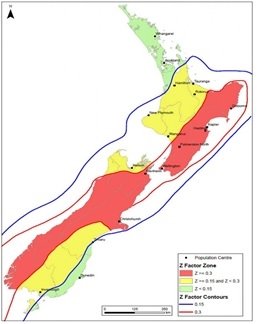Building (Earthquake-prone Buildings) Amendment Act 2016
The Building (Earthquake-prone Buildings) Amendment Act 2016 introduced major changes to the way earthquake-prone buildings are identified and managed under the Building Act. It uses knowledge learned from past earthquakes in New Zealand and overseas. The new system affects owners of earthquake-prone buildings, Territorial Authorities (local councils), engineers, other building professionals and building users.
This is a national system for managing earthquake-prone buildings in New Zealand and came into effect on 1 July 2017. The new legislation overwrites our 2011 earthquake prone buildings policy.
It will ensure the way our buildings are managed for future earthquakes is consistent across the country and provides more information for people using buildings, such as notices on earthquake-prone buildings and a public register.
The system will ensure information about earthquake-prone buildings is publicly-accessible through the national register.
The Building Act divides New Zealand into three seismic risk areas – high, medium and low. Porirua is in the high risk area.

There are set timeframes based on these seismic risk areas. They include timeframes for Territorial Authorities to identify potentially earthquake-prone buildings and for building owners to remediate their earthquake-prone buildings.
There is also another category of ‘priority buildings’ in high and medium seismic risk areas. These are buildings that are considered higher risk because of their construction, type, use or location. They must be identified and remediated in half the time allowed for other buildings in the area.
Another new requirement is for building owners who are doing a substantial upgrade of an earthquake-prone building to strengthen it to this minimum standard at the same time.
For more information on the steps in the process of identifying, assessing and making decisions on earthquake-prone buildings you can go to the links below:

